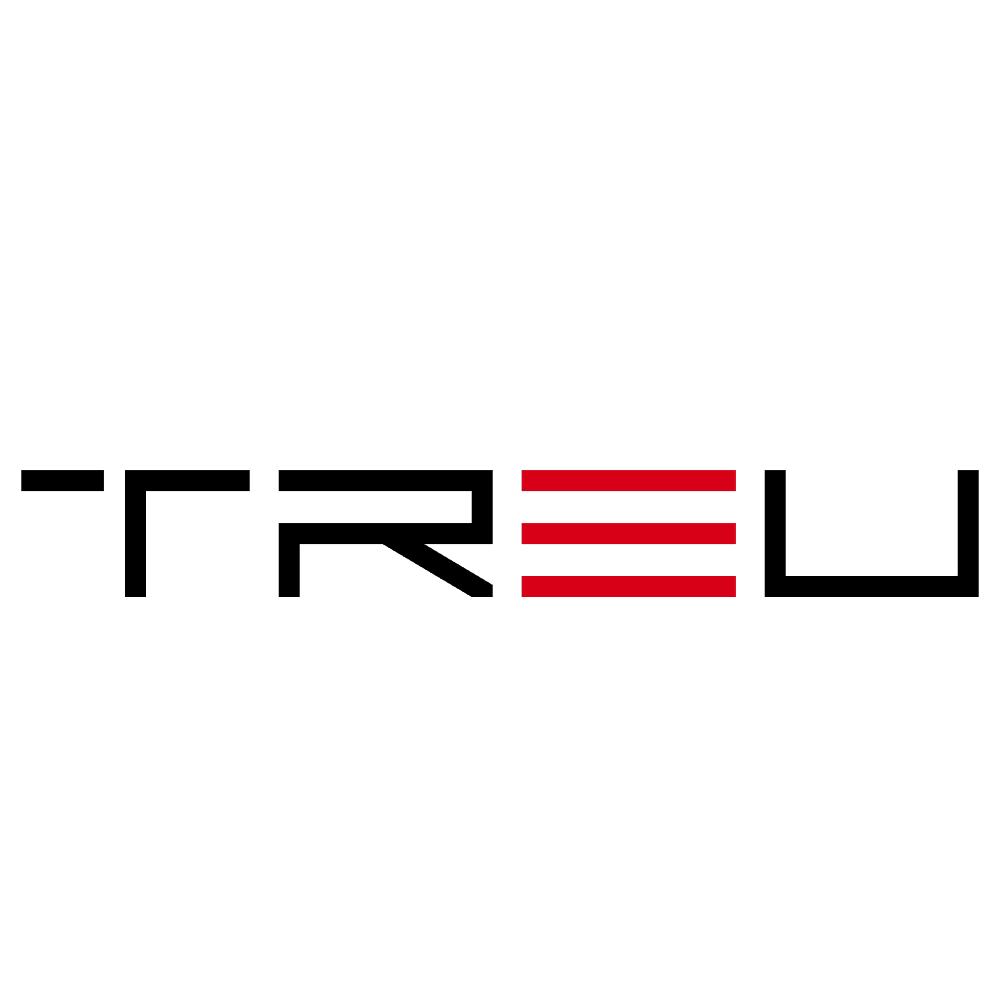CrowdStrike Layoffs Signal AI Transformation and Business Refocus
In a strategic move that reflects broader market dynamics and the rapid evolution of cybersecurity, CrowdStrike Holdings Inc. has announced a round of layoffs, impacting approximately 3% of its global workforce. While any workforce reduction is significant, this development is far more than a simple cost-cutting measure. Instead, it signals a pivot toward a deeper integration of artificial intelligence (AI), operational efficiency, and a renewed emphasis on long-term growth.
The Layoffs: A Symptom of Industrywide Shifts
Headquartered in Austin, Texas, CrowdStrike has long been regarded as one of the top players in endpoint protection, threat intelligence, and managed security services. Yet, the decision to downsize employees — many from operational roles — is indicative of a broader recalibration. According to the company, most of the layoffs are not tied to performance but are instead part of a strategic reorganization effort. This signals major changes in how cybersecurity firms are aligning themselves with the future of digital defense.
This move reflects several important global trends:
- Acceleration of AI adoption as a core technology in cybersecurity platforms
- Emphasis on product-led growth, with automation and self-service gaining more traction
- Investor pressure to improve margins and return on investment in a slower funding environment
Artificial Intelligence: Catalyst and Cornerstone
The layoffs are largely being interpreted as a realignment toward an AI-powered future. According to George Kurtz, CEO of CrowdStrike, the company’s focus is on becoming “more agile” and expanding its “AI-driven platform strategy.” Indeed, as adversaries adopt increasingly sophisticated tools, security providers like CrowdStrike must level up their AI capabilities to stay ahead.
This isn’t merely a buzzword strategy either. CrowdStrike has poured substantial resources into Falcon, its cloud-native endpoint protection platform. The newer versions of Falcon feature innovations in threat detection, behavioral analytics, and autonomous response — all powered heavily by machine learning and artificial intelligence.
Moving forward, we can expect:
- Increased investment in AI-powered threat intelligence and prevention tools
- Greater automation across SOC (Security Operations Center) tasks and endpoint remediation
- Reduction in manual investigative overhead, which aligns with the shrinking of certain personnel roles
Strategic Realignment: Beyond Headcount Reduction
Far from being just a cost-cutting decision, the layoffs speak to broader questions of scalability and operational efficiency. CrowdStrike is optimizing its talent pool to focus more on engineering, product development, and AI innovation teams while trimming back roles that are not directly contributing to long-term strategic objectives.
What’s Changing Inside CrowdStrike?
Internally, the company is redistributing resources as it identifies high-impact areas. The goal? To better service the company’s Tier 1 and Tier 2 clients, while also offering increased value to emerging market segments through automation and self-service solutions.
The strategy includes major reshuffling and changes across:
- Go-to-market (GTM) strategies – shifting toward digital channels and reducing dependency on traditional sales models
- Engineering prioritization – focusing on scalable cloud security, data protection, and AI analytics
- Managed services transformation – incorporating more AI and analytics to streamline offerings
The Tech Industry’s AI-Driven Restructuring Trend
CrowdStrike is hardly alone in its decision to pivot toward AI and leaner operations. Over the past year, industry giants such as Google, Meta, and Microsoft have also announced layoffs tied not to financial woes, but to strategic realignments that prioritize AI, automation, and cloud services.
This trend reflects a fundamental reshaping of roles in the tech industry. As AI matures, the kind of work that’s prioritized changes. Automation absorbs repetitive tasks, while companies seek professionals who can build, manage, and monitor AI-based systems.
Key implications for cybersecurity firms include:
- Fewer roles in manual operations and more in data science, machine learning, and automation
- Higher emphasis on platform engineering as companies want scalable, end-to-end solutions
- Skills shift – the demand is moving toward expertise in AI governance, prompt engineering, and threat modeling based on AI-generated data
Impact on MSSPs and Channel Partners
While CrowdStrike’s immediate workforce changes are internal, there are serious implications for Managed Security Service Providers (MSSPs) and channel partners. These businesses rely heavily on vendor support, integration, and co-marketing efforts.
As CrowdStrike transitions toward a more automated, AI-augmented service model, partners must consider how to adjust:
- Reassessing training models to include AI behavior monitoring and interpretation
- Recalibrating support expectations as CrowdStrike may shift more toward self-service and tiered AI-first support systems
- Upgrading integration capabilities to work seamlessly with Falcon’s advanced AI interfaces
Forward-thinking MSSPs can also find new opportunity here. Offering specialized support, AI customization services, and AI integration consulting are rapidly emerging niches in the cybersecurity space.
The Investor and Market Perspective
Despite the somber news of layoffs, investors have largely reacted positively to CrowdStrike’s announcement. The stock remains resilient, buoyed by a strong earnings report and continually expanding customer base. CrowdStrike’s ARR (Annual Recurring Revenue) remains solid, signaling that its market position is secure—if not growing stronger.
Analysts note that cutting costs while aligning for long-term innovation gives the company more agility in a competitive market. In a cybersecurity environment dominated by evolving threats and increased AI-based attacks, it’s more vital than ever for vendors to be not just defensive, but proactive in their capabilities.
Looking Ahead: The New Role of AI in Cybersecurity’s Frontlines
The layoffs at CrowdStrike may be unsettling at first glance, but they mark the turning of a page in the cybersecurity narrative. AI is no longer additive; it’s now foundational. For companies like CrowdStrike to remain leaders, aligning resources around AI, cloud delivery, and automation is not just optional — it’s necessary.
What this transformation tells us is that the future of cybersecurity belongs to:
- Hyper-scalable, AI-driven platforms that can counter threats with near-instant response time
- Operational efficiency rather than workforce scale as a measure of capability and growth
- Talent that understands the fusion of AI and security, not just one discipline in isolation
Conclusion
CrowdStrike’s recent layoffs are more than a restructuring—they are a signal flare illuminating the future trajectory of cybersecurity. As AI continues to reshape digital defense strategies, companies must evolve or risk irrelevance. For CrowdStrike, this is not a retreat but a strategic advance. While tough decisions are being made now, the company is positioning itself as a next-gen leader capable of defending against threats at machine speed.
The message is clear: AI is not replacing cybersecurity jobs — it is redefining them. And organizations like CrowdStrike are at the forefront of that redefining moment.

